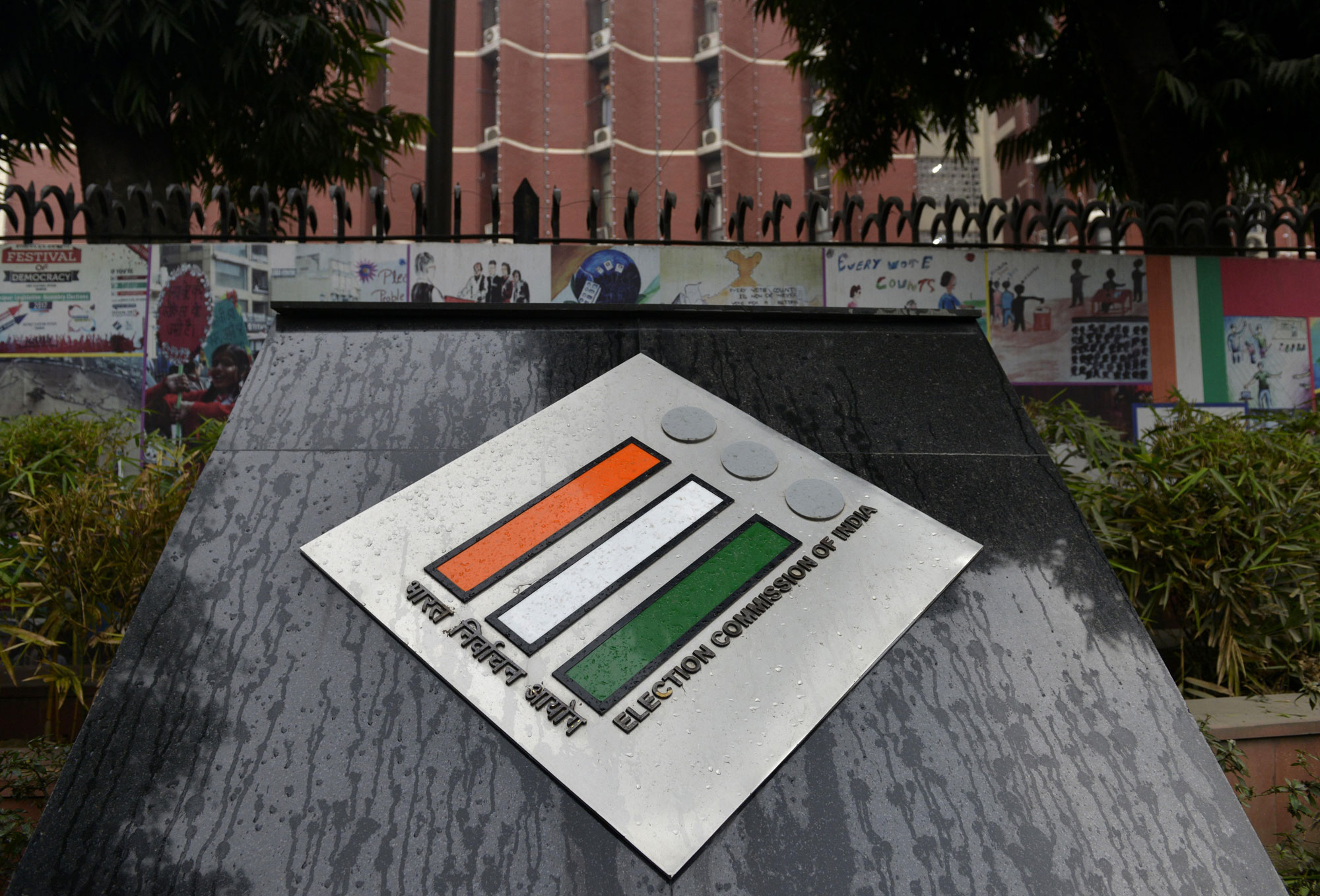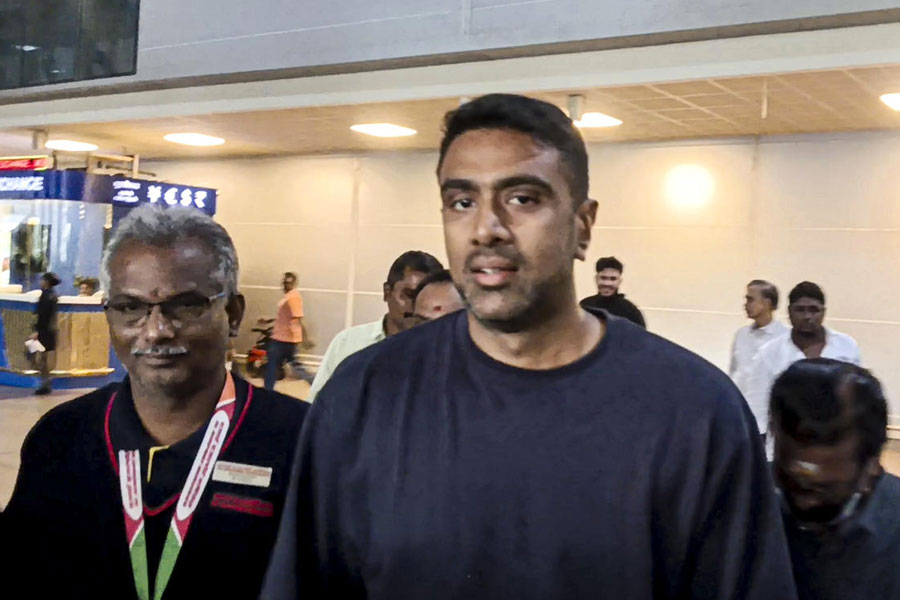Had the Election Commission declared upfront that the report on the sample size of vote slip counting had been drawn up by the Delhi centre of the Indian Statistical Institute in collaboration with experts from elsewhere, one of the elements of the controversy could have been avoided.
On March 22, the Election Commission announced the submission of the report in a press note titled “Indian Statistical Institute (ISI) presents its Report on Sample Size of VVPAT Counting to Election Commission of India”.
Perhaps the need for brevity forced the commission to be economical with the full facts in the title. But the first paragraph also generated the impression that the reputable ISI was the sole agency involved in the project.
“Indian Statistical Institute (ISI) today presented its Report on the sample size of Voter Verifiable Paper Audit Trail (VVPAT) slip counting to the Chief Election Commissioner Shri Sunil Arora and Election Commissioners Shri Ashok Lavasa and Shri Sushil Chandra,” the commission’s press note said.
The next paragraph does mention the Delhi centre of the ISI but the wording can create an impression that the unit was presenting a report drawn up by the ISI headquarters without any outside involvement. “The Report was presented (emphasis by this newspaper) by Prof. Abhay G. Bhatt, Head ISI, Delhi Centre,” the press note said in the second paragraph.
Officially, little distinction may be made between ISI Calcutta and the Delhi centre. But in terms of perception, the reputation of ISI Calcutta, the headquarters, far exceeds those of not only its other centres but also many other institutions in the country.
Against such a backdrop and considering the nature of the EVM dispute, which has a bearing on popular confidence in the poll process, the Election Commission would only have earned plaudits had it declared at the outset the identity of the specific centre associated with the report.
It was only in the penultimate paragraph that the press note revealed that several others were involved in an expert committee and that it was this panel that had submitted the report.
An attempt by this newspaper to contact Bhatt, the head of the Delhi centre, evoked a response from one of his office staff members that he had no comment to offer.
The ISI had in 2016 set up a 12-member Cell for Cooperation with Academia, Industry and Research labs (C-CAIR), tasked with, among other roles, reviewing proposals for collaboration and consultative academic assignments (the one given by the Election Commission has been described as an “academic” exercise.)
In response to questions, the ISI director in Calcutta, Sanghamitra Bandyopadhyay, told The Telegraph on Friday evening: “There is no need for a controversy. The C-CAIR is an internal mechanism of the ISI to delegate responsibility to a few others in the institute. It is not a statutory body of the ISI.”
She said the Delhi centre’s head was its chief executive responsible (reporting) to the director. She described the Election Commission assignment as “something he (the Delhi centre’s head) considered addressing himself”.
“The head of the Delhi centre had viewed the request from the ECI (Election Commission of India) as an academic issue, something he considered addressing himself, along with his long-term collaborator, Professor Rajeeva Karandikar. It was a statistical question and both have the skills to address it. Based on their analysis they presented the report to the ECI,” Bandyopadhyay said.
Responding to Sibal’s claim that the ISI had disowned the report submitted by Bhatt to the EC, she said: “There is nothing to disown.”










